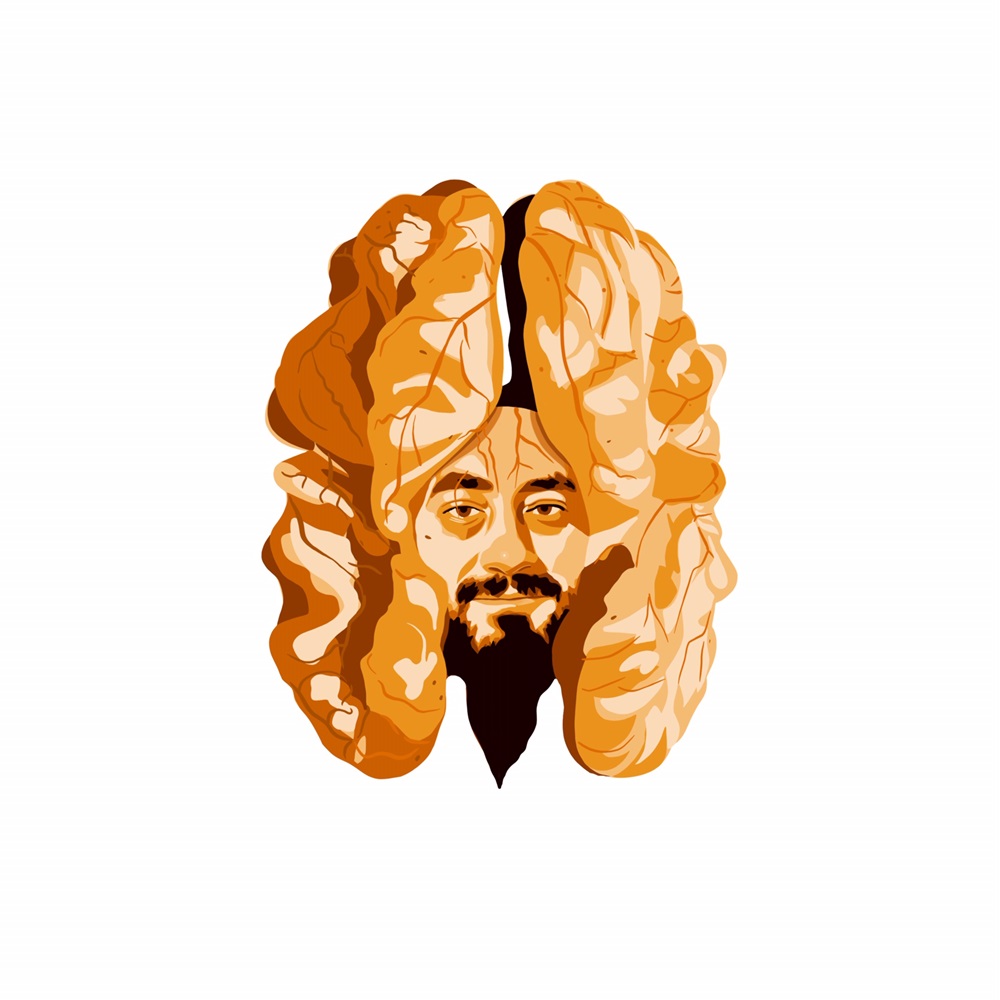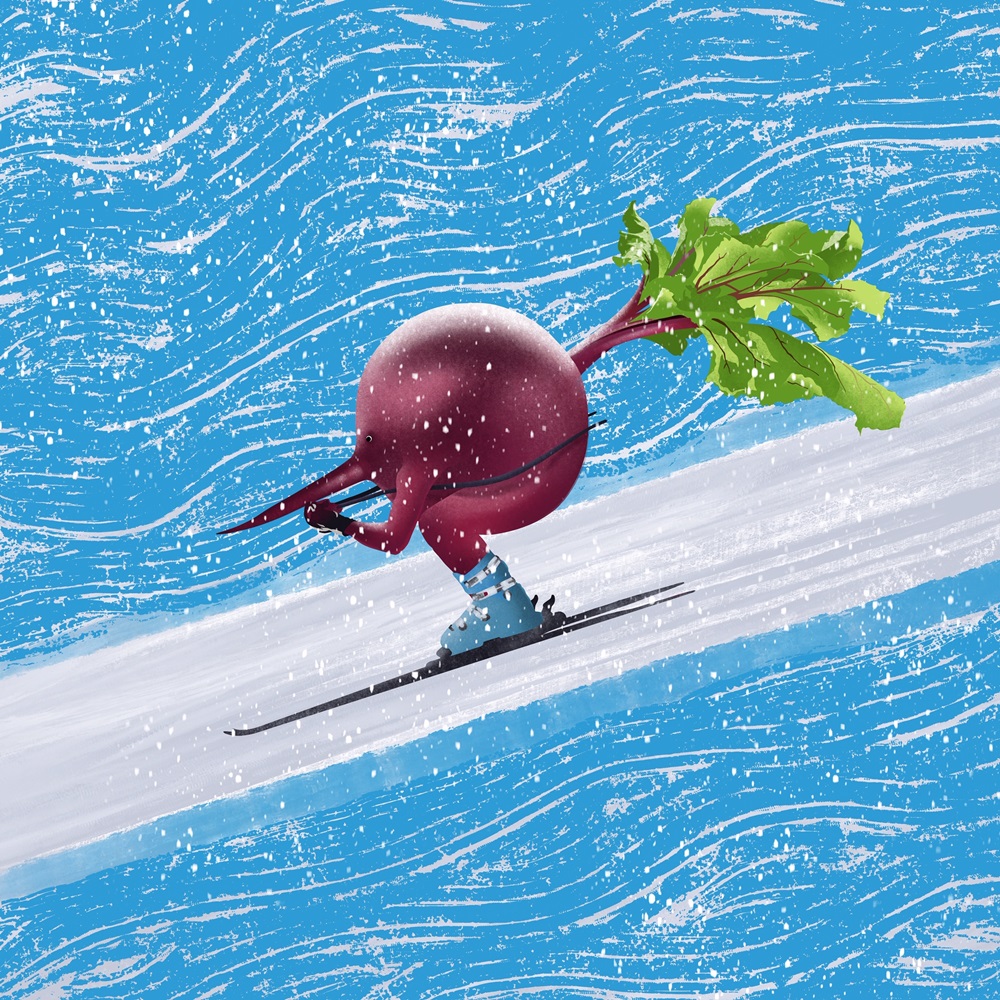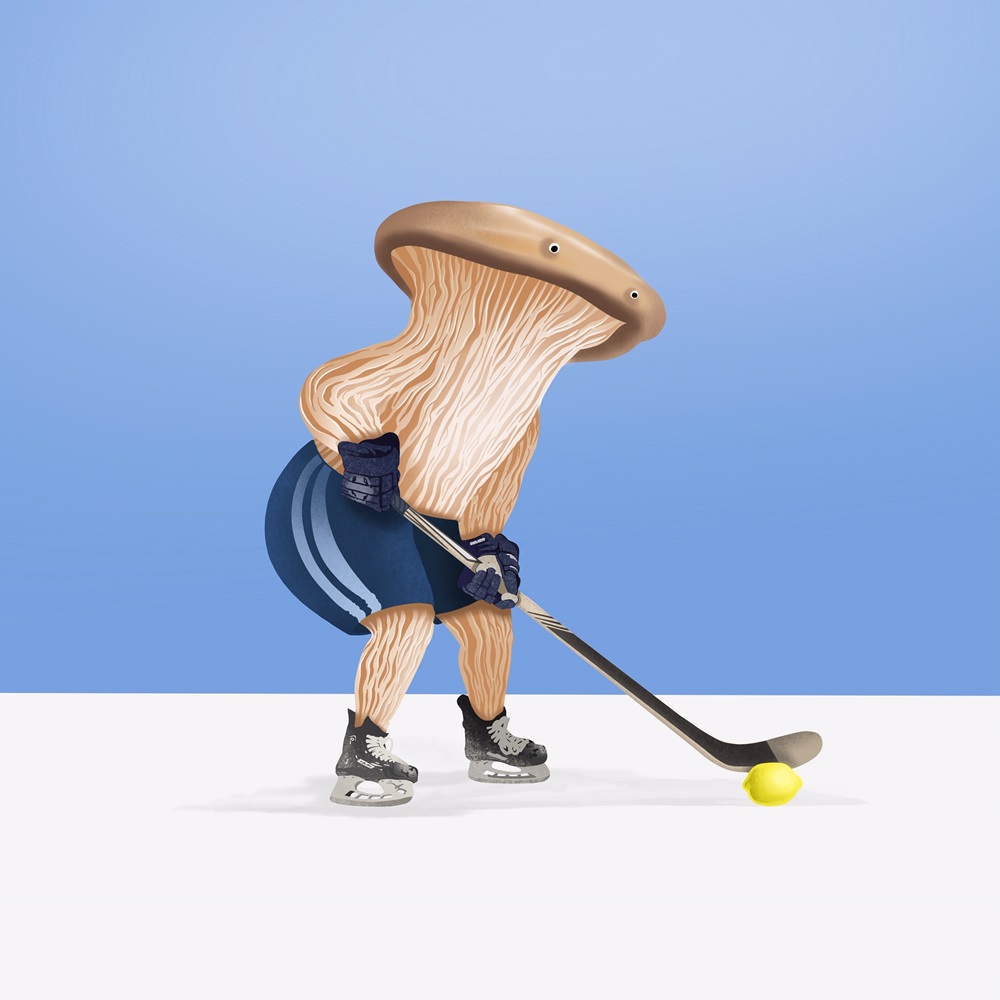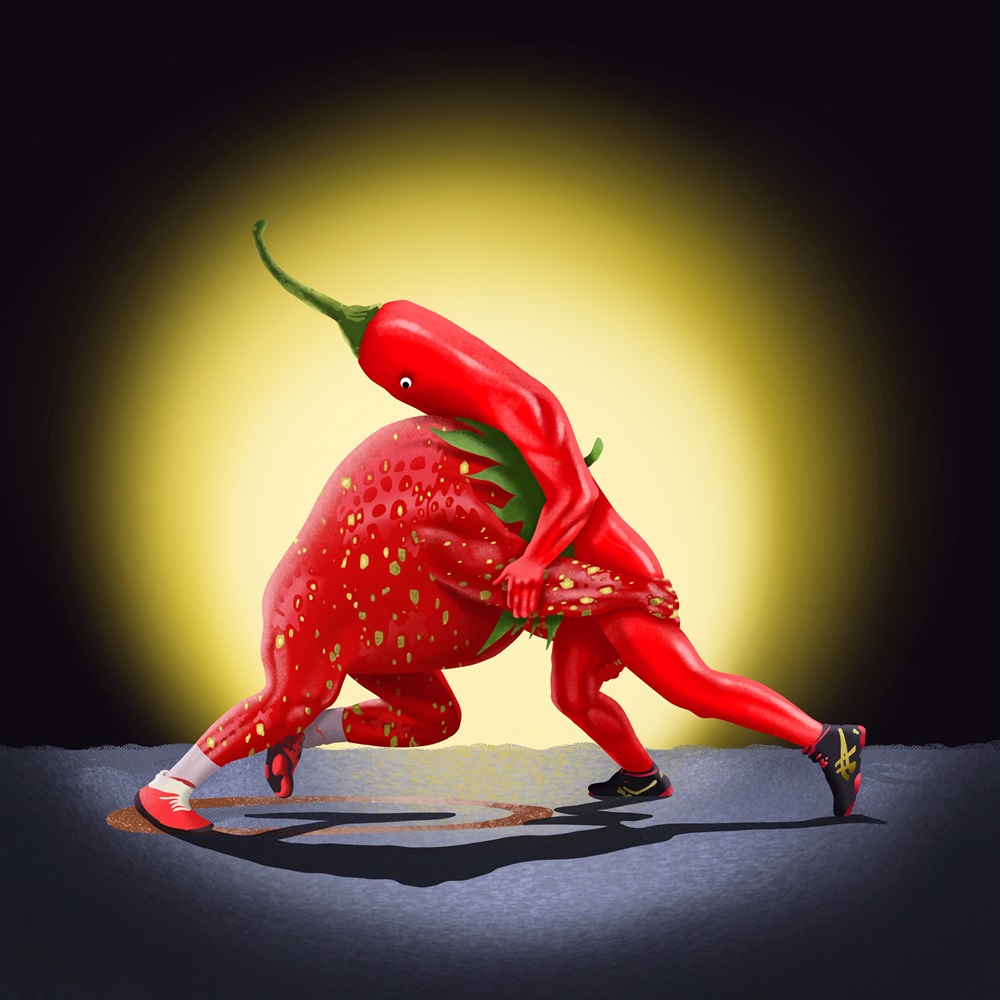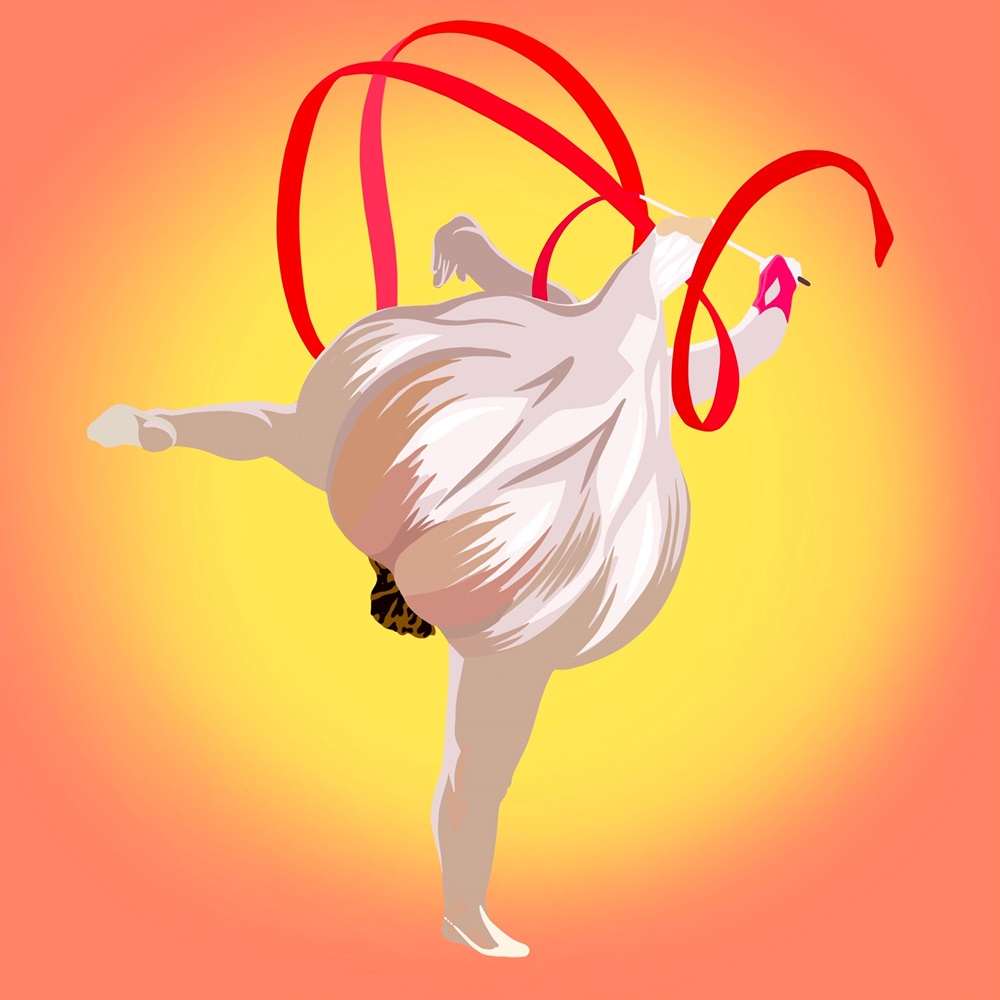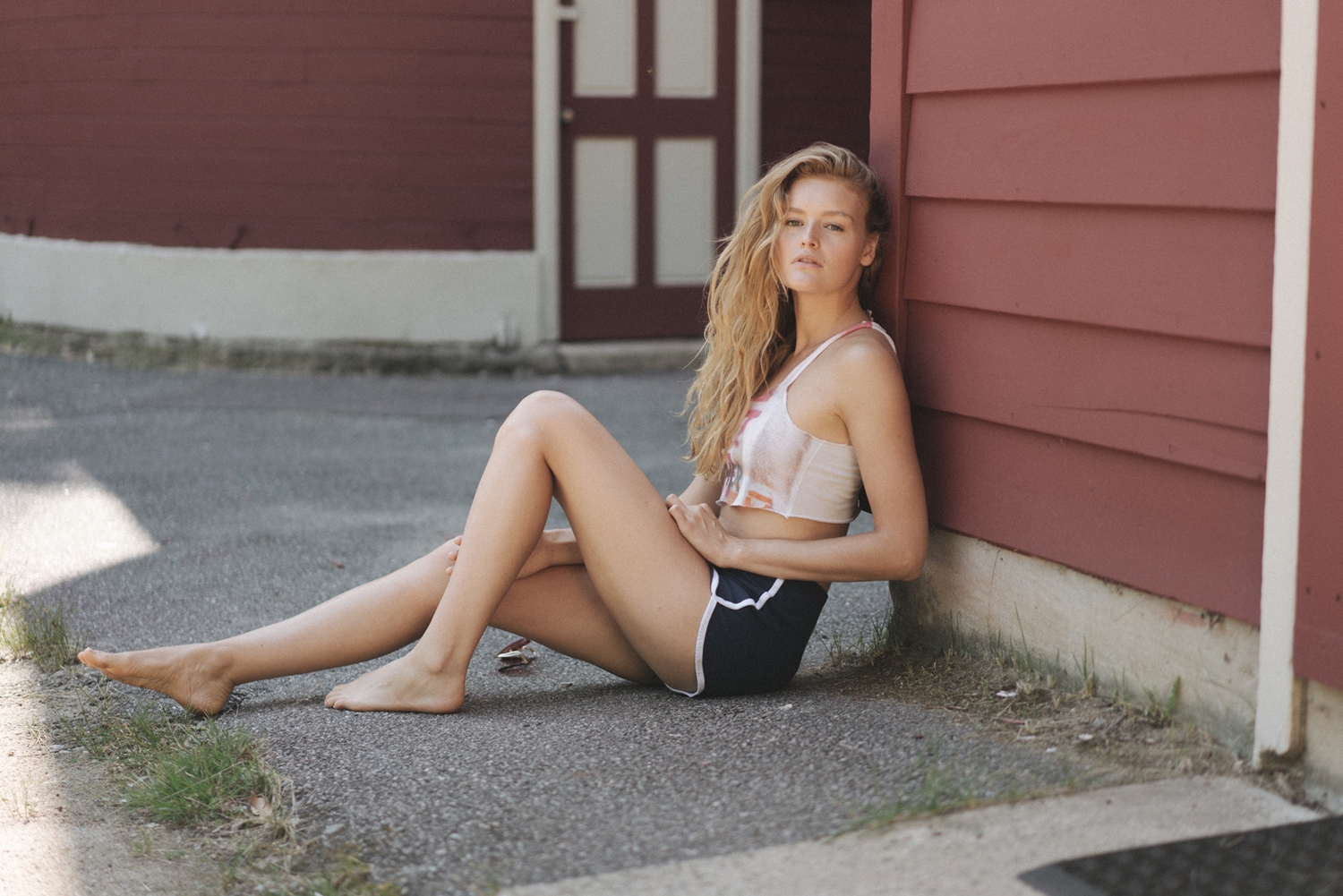Andrei Petcu is a Romanian artist, whose work mostly include illustration, painting, sculpture and comics. London-based, Andrei creates very clean illustrations, each project has a unique story and his work is about minimal lines, strong colors and elements from nature. In this interview, Andrei tells us about his background, inspiration and many more.
Hi, Andrei. Why don’t you tell us a little bit about your illustration background, like how you got into design, especially this one, based on vegetables?
I’ve been into illustration since my earliest days, maybe since kindergarten when I first discovered pencils! Since then, I’ve developed a growing passion for drawing. In my youth, I would draw horses; I am still inspired by their grace and muscularity while in motion.
Growing up in the suburbs of Iasi, Romania in the 90s, I felt a sense of isolation, both because I didn’t fully connect with the slow rhythm of life and it was hard to realize my full aspirations because of the harsh economic situation. I would recreate the reality around me, people’s expressions or gestures, body language or clothing trends in an effort to understand more about the society that I was living in and its rapidly changing dynamic.
Eventually, my parents enrolled me in a children’s art club where I took a drawing course and then attended arts school where I learned the basics of painting, graphics and sculpture. I continued studying art at university and was most inspire by my sculpture professor who instilled in me his passion for the craft.
Two years after university I moved to London where I developed a passion for cooking. That is without a doubt the reason that there’s a lot of food- related themes in my illustration. My earlier illustrations contained impersonations of vegetables; I turned a few British politicians into European national dishes. After that, I started turning people into their favourite ingredient or dish, a riff off the phrase “you are what you eat”. When I decided to become a vegetarian I could not have found a better way to do it than by illustrating my path.
How would you describe your visual style, and what was the process like, finding your own voice as an artist?
I would describe my visual style as pop art with whimsical elements. My drawings are abundant with bright, colourful tones that are meant to elicit joy, and are touched with elements of humour to enhance the positivity of the messages they carry. Rooted in reality, but filtered through an imaginative process, the result is an anthropomorphic vegetable or fruit, often a bit quirky. I strive to develop characters that are vibrant and playful.
Composition-wise the characters are usually positioned in the center of the page, mostly on their own, depicting the importance of the element they represent — be it a nutritional or a physical activity, or the balance between the two.
The way I found my own voice was to experiment and try out different ideas and media, to challenge myself and learn how to process failures. Actually my failures have turned out to be my most important and valued lessons. Spending long, meditative hours sketching and researching has also helped me come into myself as an artist. At the same time, I also feel like I am in a constant search for a different voice. For this reason, I find myself developing a few different series at any given time.
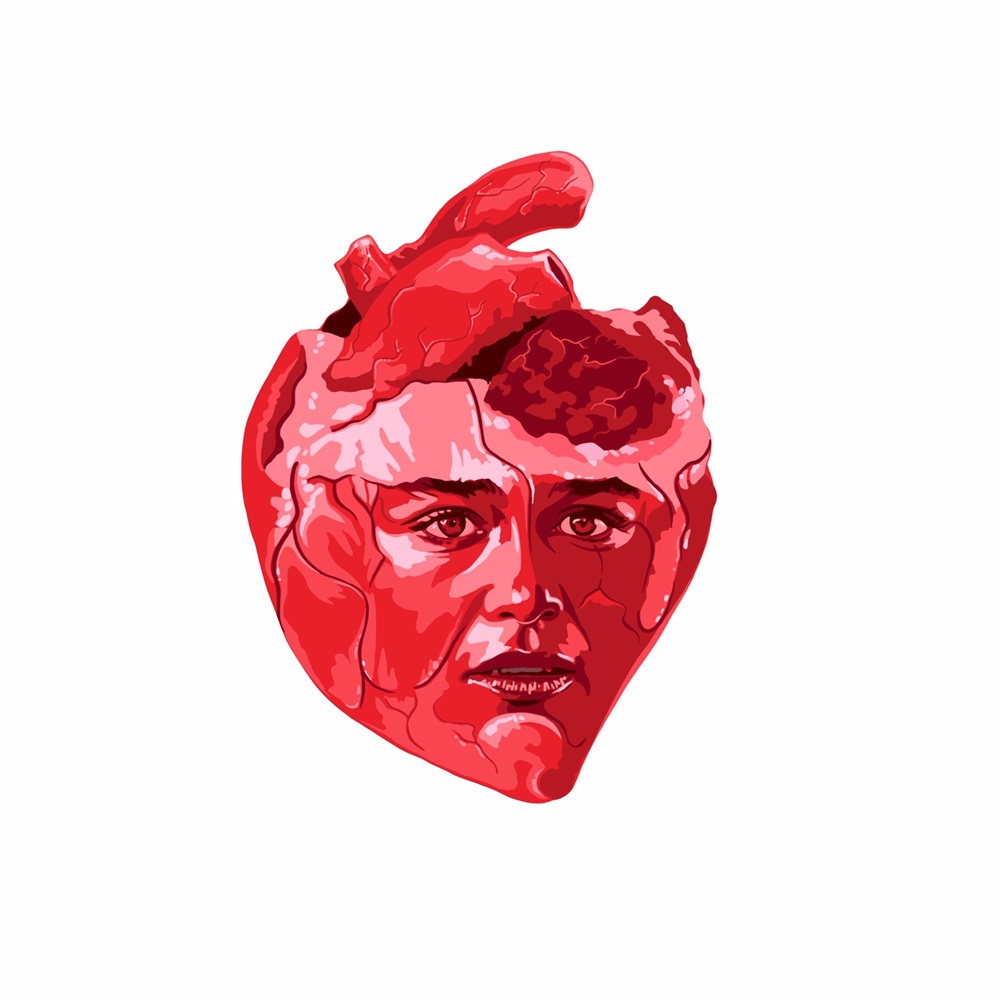

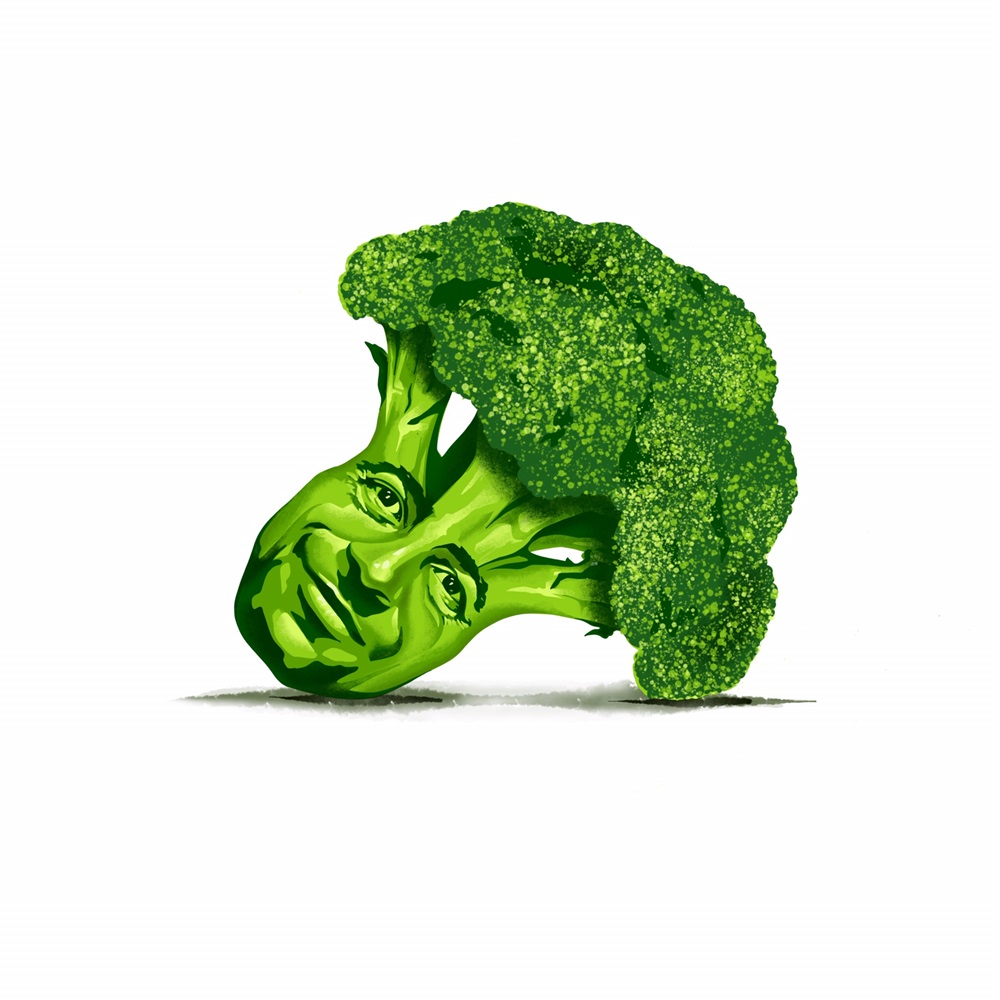
What inspires you in your illustration work?
I draw inspiration from so many things: people in conversation or in silence, nature, objects, or research into a topic of interest. I enjoy giving things a twist of fantasy images that are in my mind, my dreams or my subconscious. Music alos plays an important role in my creative process, often dictating a mood or a rhythm. It happened quite a few times that I’ve completely lost myself after listening to a set. Music elicits great focus which helps me get my images down on paper – or onto my cherished tablet.
What kind of projects have you worked on recently? What was the most challenging?
I’ve recently been focusing mainly on developing my illustration series’, the Seasonal Fruit and Veggie Olympics, You Are What You Eat Illustrated, and Pencil Portraits.
I originally started these series as means of challenging myself to get better at the creative process. I think what I’ve learned most along the way is the importance of these study exercises; how different every subject is and regardless of my past perceptions, that you can always bring something new to the table and do it with your own unique style.
With You Are What You Eat, the diversity of the subjects, the ingredients and the dishes that people choose creates an element of surprise which can also be viewed as a challenge. However, it also lends fun to the exersize. I get laughs out of it, from me and from others, and for me that’s priceless.
In my imagined Olympic competitions I’ve chosen winter sports like skiing, bobsledding and ice hockey dominated by athletes in the shape of strong and well-trained winter vegetable; a beetroot, or a mushroom; fruits like oranges and lemons. No matter the shape of their body or colour, species or the amount of good nutrients they possess, it’s mostly important to dare, be playful and to have some fun, just like these athletes. These scenes can also be perceived as a satire towards an often judgemental society and as encouragement to be and accept ourselves, and others, as we are.
Can you tell us how you work from sketches to finished work? Do you draw and paint by hand or on a computer?
Once have a vague idea of what I’ll be doing, I draw a sketch of it, work out the paging and once that’s done I pick a colour palette. I then slowly make my way through layers, some ideas get finished in the same day whilst some of them I leave on the side for weeks and then get back to them when I’ve figured out the missing elements. I use both physical and digital media. I started with digital just a couple of years ago and also enjoy keeping pace with the good old classic pencil. I think they’re both important and each has their own unique qualities. With digital, you have the option to undo and that’s on one hand reassuring – you kind get more confidence to try out things. On physical drawing you get to make mistakes that you later learn from. In my opinion, you develop a much better sense of problem-solving by using a physical media. This said, I have opted to focus on digital a bit more recently. The complexity of what you can do with a single tablet is just great and saves space. I do look forward to having a studio space where I can work on bigger sized paper. I am working to make that happen soon.
Tell us how you first thought about You Are What You Eat and what do you want to convey?
The first fusions came out of my political frustration, to be honest. Specifically, it happened around the time of the Brexit Referendum happened a couple of years ago. I tried to depict how European dishes like pasta and ingredients like chorizo would look after Brexit with the faces of some of the well-known Conservative British politicians faces that advocated for the move. I started asking friends and everyone seemed intrigued by the question and the prospect of how they would look like as their favorite food. Thst evolved into the bespoke series called You are What you Eat Illustrated” where I turn people into their favourite ingredient or dish. The series now signifies my interest in healthy eating, but could also shed light on our own inner personalities and hidden habits.
As an artist, I can often isolate myself. This was a good opportunity to become more socially involved, to interact and collaborate with other people.
Which artists have influenced your art along the years?
There’s been quite a lot of artists that influenced my work throughout the years. Beyond being influenced by a certain person, what has influenced me most perhaps, is learning from the attitude certain artists have had towards their artwork; witnessing their desire to thrive, to reach and exceed certain boundaries, their ease in stepping outside the box; I am thankful for today for my art teachers who have shared their knowledge, to my peers who I’ve studied I’ve studied alongside with and to friends who are passionate about the field, much like I. There are of course the big names in art history, the ones who influenced, created and informed trends. There continues to be so much ‘still to learn from them.
What kind of things would you like to see more of in design themes?
I would say now more than ever and with face-paced technological advances within the illustration industry, illustration is booming like never before and has a lot to offer; the themes and concepts behind illustration can be very diverse and complex. on the one hand, all the social media platforms have made it easier for art lovers to access art. But as an illustrator, we face more a struggle, we have to shift more and more our time and focus to marketing and social media instead of focusing more on evolving as an artist. So that’s maybe a theme I would like to see out there more, one of awareness and education for both artists and artist enthusiasts – one on the challenges of having to market ourselves, and two, a way for artists get the skills they need efficiently and effectively so they can devote more of their time to creating.

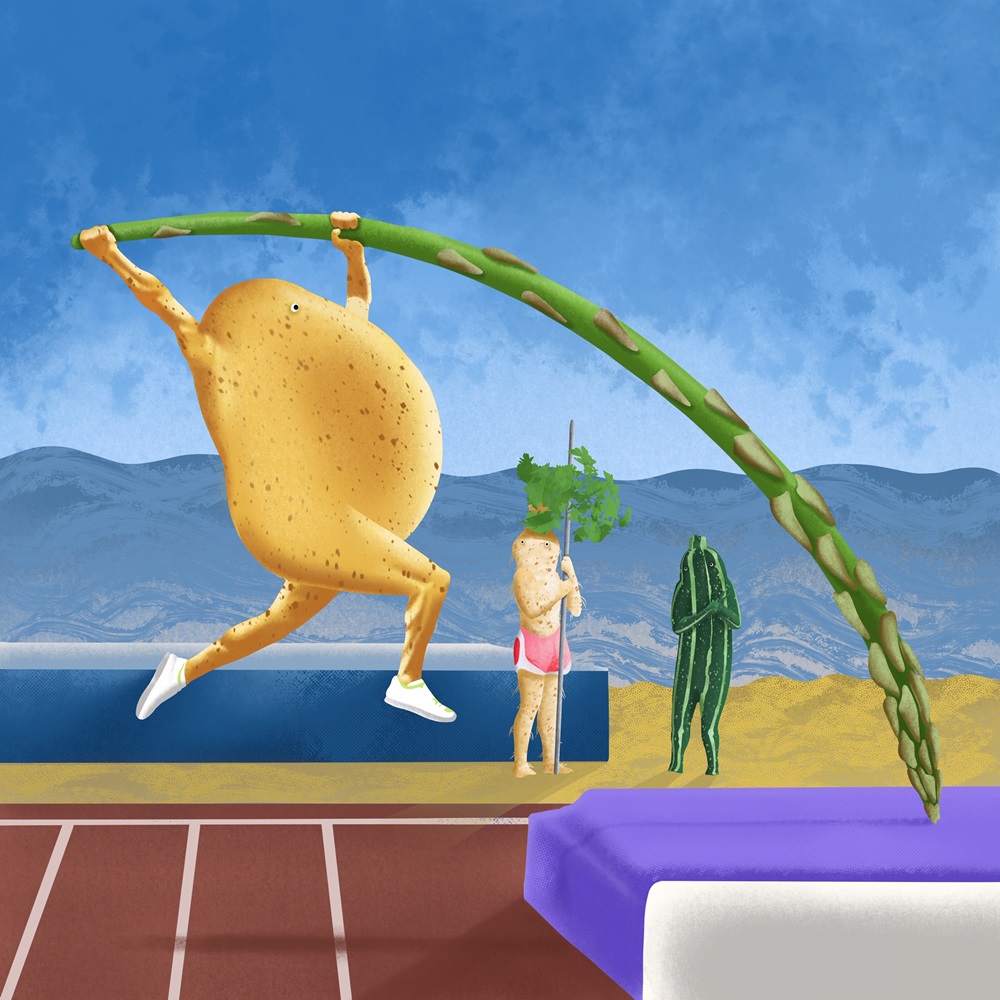
Follow Andrei’s work on: Website | Instagram
Nicoleta Raicu
Latest posts by Nicoleta Raicu (see all)
- Interiors by David Lynch. A Thinking Room - April 18, 2024
- Inside The Intricate World of CULTATUM’s Graphic Design - April 18, 2024
- The Holy Mountain Digs Into Your Subconscious With Its Synth-Pop Perfection - April 17, 2024


